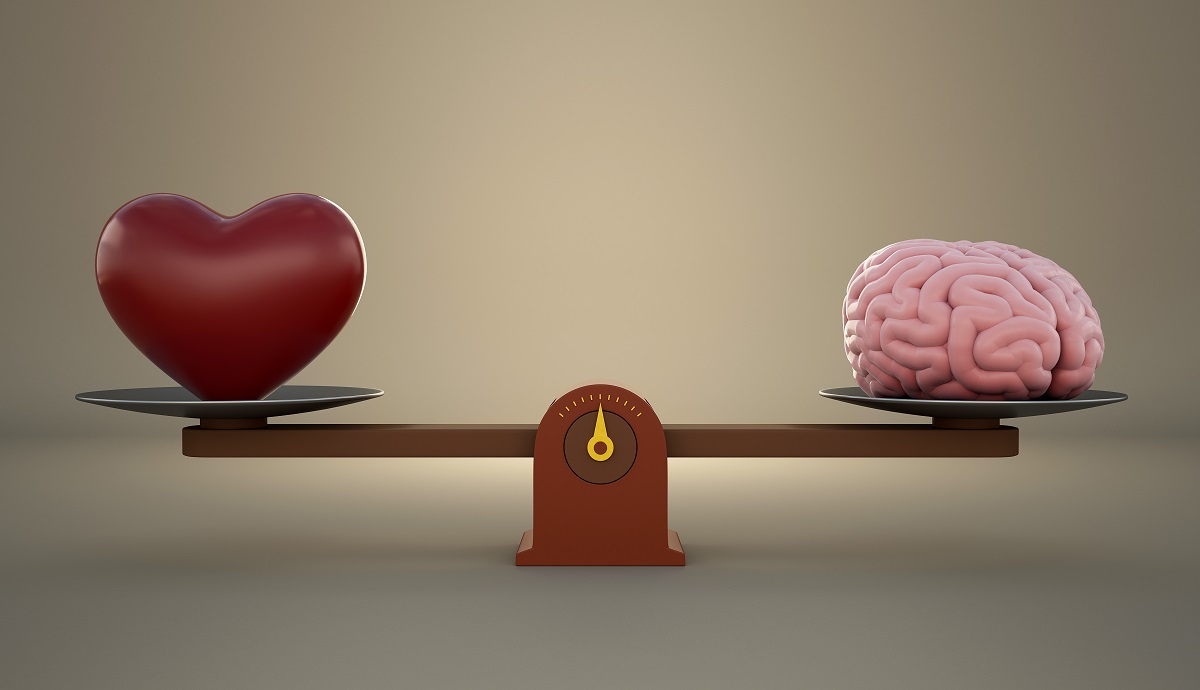Heart Coherence: An Introduction

In this article, we would like to introduce heart coherence, a mind-body technique that offers significant physical, mental, and emotional benefits. Unlike other more well-known techniques based on ancient cultures, this one relies on science and technology.
What is Heart Coherence?
The term “heart coherence” and its use have been largely developed and promoted since the 1990s by the HeartMath Institute in the United States, which brought together scientists from diverse fields such as neurology, cardiology, psychiatry, psychology, physics, and engineering.
With contributions from each of these disciplines, studies and experiments were conducted demonstrating that by working with the heart, specifically with heart rate variability, overall body condition could be improved and certain ailments and diseases could be addressed.
What Does This Technique Involve?
What sets this psychological technique apart from others is that HeartMath has created a system that includes books, training workshops, and technologies for implementing the method. Among these technologies, the invention of several real-time feedback devices for heart rate variability stands out. The first of these devices, called emWave, was released in 1999. Later variations were developed for use with iPhones, iPads, computers, etc.
Essentially, these devices and programs provide a way to monitor and control changes in heart state to determine if coherence has been achieved or not. Although it may be somewhat sad to admit, for Westerners in need of clear indicators, being able to see on a computer or mobile screen how the heart state changes as exercises proposed for this purpose are performed is a valuable aid.
But before discussing this concept and method, we would like to make a brief aside about the role of the heart in our bodies because we believe it is much less understood than is commonly thought.
The Role of the Heart in Our Bodies
In this regard, far from being merely a mechanical pump that circulates blood, the heart has important functions arising from its relationship with the rest of the body and its ability to transmit information that can modify its functioning.
On one hand, there is neurological communication between the heart and the brain, and it is surprising to learn that 90% of the nerve fibers connecting them ascend from the heart to the brain, not the other way around, as one might suppose.
Furthermore, the heart has the ability to produce hormones such as atrial natriuretic peptide, which not only helps maintain fluid and salt balance but also has the ability to inhibit the production of stress hormones and release oxytocin, colloquially known as the “love hormone”. Moreover, there is a biophysical communication from the heart through the pulse wave.
Finally, there is a magnetic influence because the heart is the organ in the body that produces the strongest magnetic field, being up to five thousand times stronger than the one produced by the brain. This field envelops the entire body in a 360-degree sphere with a reach of 2 to 3 meters.
It is studied that these electrical signals become chaotic when feelings of frustration or anger are experienced, and conversely, when feeling love, compassion, or gratitude, these signals become stable and ordered.
After this review of the heart’s functions, it will be much more believable and understandable how modifying its functioning can lead to changes in the rest of the physiology.
Relationship Between Emotions and Heart Functioning
The cornerstone study supporting this theory was published in 1995 in the American Journal of Cardiology. It analyzed the relationship between emotions and heart functioning and how the heart could alter other aspects of physiology.
It demonstrated that fear, anxiety, frustration, impatience, or stress altered heart rate variability and desynchronized the nervous system, which in turn led to an increase in these emotions and affected mental functions.
Conversely, as Deborah Rozman, president and co-director of the HeartMath Institute, states, “positive emotions such as affection, love, interest in others, and compassion increased order and balance in the nervous system, resulting in smooth and harmonic heart rhythms, and more sinusoidal waves (coherent).”
“These rhythms not only reduced stress levels but, in fact, enhanced subjects’ ability to think clearly and self-regulate their emotional response.” Likewise, this harmonious functioning had an impact on emotions and positively affected physiology, creating a state called heart coherence, which is the objective of the method and gives it its name.